Walk into any major fashion show in Paris, Milan, or New York, and you’ll see them: the quiet confidence, the sharp bone structure, the effortless cool. They’re not always the tallest or the most dramatic, but they’re everywhere. That’s because UK models aren’t just part of the fashion industry-they’re its backbone. While Italy has its elegance and the U.S. its star power, the UK delivers something rarer: consistency, versatility, and a raw authenticity that brands can’t fake.
They’re trained differently
Most fashion schools in the U.S. focus on posing for cameras or walking in heels like it’s a competition. In the UK, the training is grittier. At institutions like the London College of Fashion or the Northern School of Art, students learn to move naturally under harsh studio lights, adapt to last-minute wardrobe changes, and hold a look for 20 seconds without blinking. It’s not about looking perfect-it’s about looking real.
Take Adwoa Aboah. She didn’t start with glossy magazine covers. She walked for independent designers in East London warehouses, got cast in gritty editorial shoots with natural lighting, and learned how to carry herself without a team of stylists hovering. That’s the UK model upbringing: raw, unpolished, and deeply human. Brands like Stella McCartney and Vivienne Westwood don’t hire them because they’re flawless-they hire them because they feel authentic.
The UK has the most diverse casting in the world
In 2023, the British Fashion Council released data showing that 42% of models booked for London Fashion Week were from ethnic minority backgrounds. That’s nearly double the rate of New York and triple that of Milan. The UK doesn’t just tolerate diversity-it expects it. Agencies like Premier Model Management and Select Model Management actively scout in Birmingham, Manchester, and Glasgow, not just London.
Models like Naomi Campbell, Jourdan Dunn, and Devyn Garcia didn’t break barriers because they were outliers-they were the norm. When a brand like Burberry or Alexander McQueen casts a runway, they’re not checking a box. They’re casting someone who represents the real UK population. That’s why global brands turn to London first when they need to appeal to multicultural markets in Canada, Australia, or even parts of Europe.
They’re not chasing fame-they’re chasing work
Most UK models don’t want to be Instagram influencers. They want to work. They’ll take a 6 a.m. shoot in a freezing warehouse in Leeds, then hop on a train to London for a commercial casting, then fly to Berlin for a trade show. They don’t post selfies from private jets. They post behind-the-scenes shots of their feet blistered from new boots.
There’s a reason why agencies like Models 1 and Storm Management have such high retention rates. UK models treat modeling like a skilled trade-not a lottery. They learn how to read a contract, negotiate pay, and manage their own taxes. Many start working at 16 or 17, and by 21, they’re already booking repeat jobs with the same photographers and designers. That reliability makes them the go-to choice for brands running multi-country campaigns.

The British accent and attitude sell
It’s not just about looks. It’s about tone. A UK model doesn’t need to smile wider or pose more provocatively. They just need to look you in the eye and say, “I’m here to do the job.” That quiet professionalism translates across cultures. Think of Kate Moss in the 90s-she didn’t scream for attention. She whispered it. And the world listened.
Today, models like Edie Campbell and Sui He bring that same energy. They’re not trying to be the most beautiful person in the room. They’re trying to be the most trustworthy. That’s why luxury brands like Rolex, Burberry, and Harrods consistently choose UK talent for their global campaigns. They’re not selling fantasy. They’re selling credibility.
They adapt faster than anyone else
When TikTok changed the rules of fashion in 2021, most agencies panicked. UK models didn’t. They started posting short videos of themselves walking in thrifted clothes, doing makeup tutorials with £5 products, and showing how to style a £10 coat like it’s haute couture. Within months, brands noticed. Suddenly, the girl who walked for Topshop in 2019 was now the face of a €2 million campaign for H&M’s sustainable line.
UK models don’t wait for permission. They learn by doing. They’ll shoot a lookbook on their phone during a lunch break. They’ll DM a designer they admire. They’ll swap contacts with a photographer on a train. That hustle isn’t taught in school-it’s bred in the culture. And it’s why they’re the first call when a brand needs to launch something fast, real, and unexpected.
They’re the bridge between high fashion and everyday wear
Most models in the U.S. or France are either runway icons or commercial faces. UK models are both. You’ll see the same person on the cover of Vogue one week and in a Boots shampoo ad the next. That’s not a downgrade-it’s strategy.
Brands like Marks & Spencer, ASOS, and John Lewis know this. They don’t need a celebrity. They need someone who looks like the woman buying their clothes. That’s why UK models dominate high-street campaigns. They’re not alienating the customer-they’re reflecting them. And that’s why UK models earn 27% more on average for commercial work than their European counterparts, according to a 2024 industry survey by the Model Alliance.
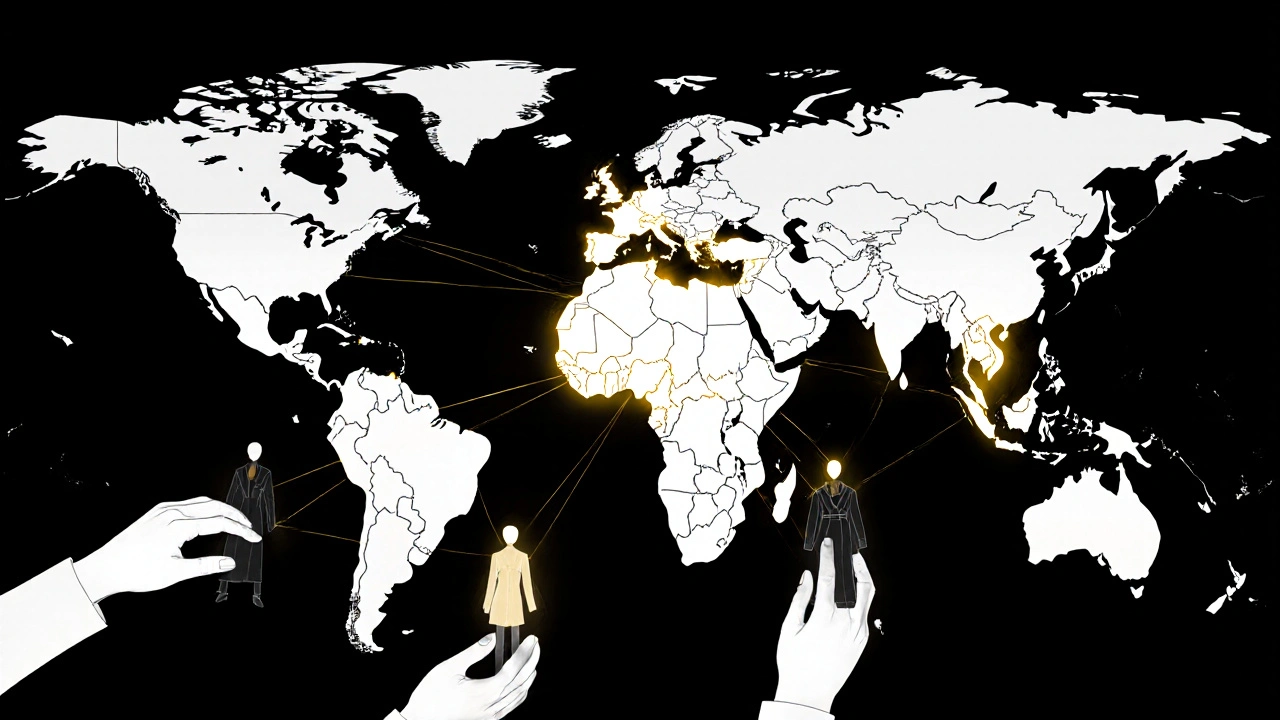
It’s not luck. It’s infrastructure.
The UK doesn’t just produce great models. It has a system that supports them. From the National Youth Theatre’s modeling workshops to the government-funded Creative Industries Skills Fund, there are real programs helping young people from working-class backgrounds enter the industry.
Compare that to the U.S., where modeling is often a lottery won by those with connections or money. In the UK, a teenager from Newcastle can walk into an open call, get scouted by a top agency, and land a campaign without a single dollar spent on photoshoots. That accessibility creates depth. It’s not just about the top 10 supermodels. It’s about the 500 solid, reliable models who keep the industry running.
They’re quietly changing how fashion works
For years, fashion was obsessed with size zero and perfect skin. UK models helped end that. When body positivity went mainstream, it wasn’t a trend-it was a cultural shift, and UK models were already living it. They’re not just wearing size 10. They’re demanding to be paid the same as size 0. They’re calling out agencies that push unhealthy weight loss. And brands are listening.
Look at the rise of inclusive sizing in British brands like Reformation UK and River Island. It didn’t come from a marketing team. It came from models who refused to be silenced. That’s the real power of UK models: they don’t just wear the clothes. They change the system.
What makes them the industry’s secret weapon?
It’s not one thing. It’s the combination: discipline over drama, diversity over exclusivity, realism over fantasy. UK models don’t need to be the loudest. They just need to show up-and when they do, they make everything around them better.
That’s why, when a brand needs to launch something meaningful, they don’t go to LA. They don’t go to Paris. They go to London. Because in a world full of noise, the quietest voices are the ones that last.
Why are UK models so popular in global fashion campaigns?
UK models are trusted for their authenticity, professionalism, and adaptability. Unlike models trained purely for glamour, they’re taught to perform under pressure, adapt to different styles, and connect with real audiences. Brands like Burberry and H&M rely on them because they reflect diverse, everyday consumers-not just fantasy ideals.
Do UK models get paid more than other models?
On average, UK models earn 27% more for commercial work than their European peers, according to a 2024 Model Alliance survey. This is due to their versatility-they work across high fashion, high-street, and digital campaigns-and their reliability. Many have long-term contracts with brands, which guarantees steady income.
Are UK models more diverse than others?
Yes. In 2023, 42% of models at London Fashion Week were from ethnic minority backgrounds-the highest rate globally. UK agencies actively scout outside London, ensuring representation from working-class and multicultural communities. This isn’t performative diversity-it’s built into the industry’s structure.
How do UK models get discovered?
Many are scouted at open calls, schools, or even on public transport. Agencies like Storm Management and Premier Model Management hold regular open casting days across the UK. Unlike in the U.S., where connections matter most, UK agencies prioritize potential over pedigree. A teenager from Liverpool with no experience can land a campaign if they have presence and attitude.
Can you become a UK model without moving to London?
Absolutely. Agencies regularly hold castings in Manchester, Birmingham, Glasgow, and Newcastle. Many successful models started locally and were discovered during regional fashion weeks or university events. London is the hub, but it’s not the only entry point. The UK’s decentralized model system makes it more accessible than most countries.
UK models aren’t just working in fashion-they’re redefining it. Quietly. Consistently. And without ever needing to shout.
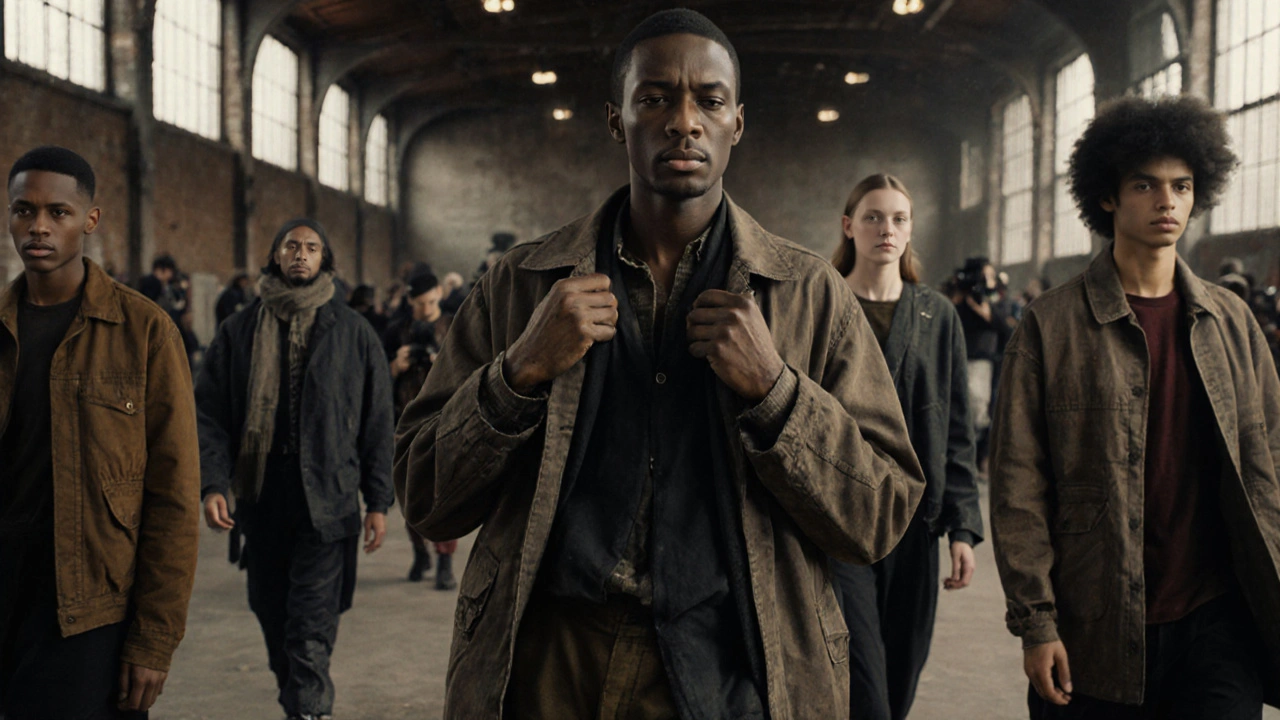
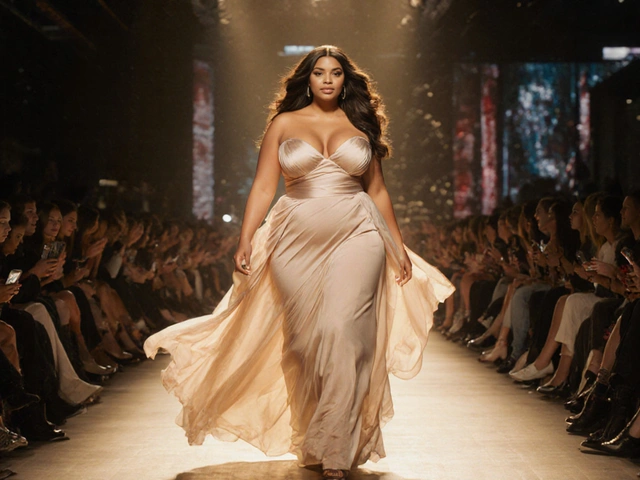
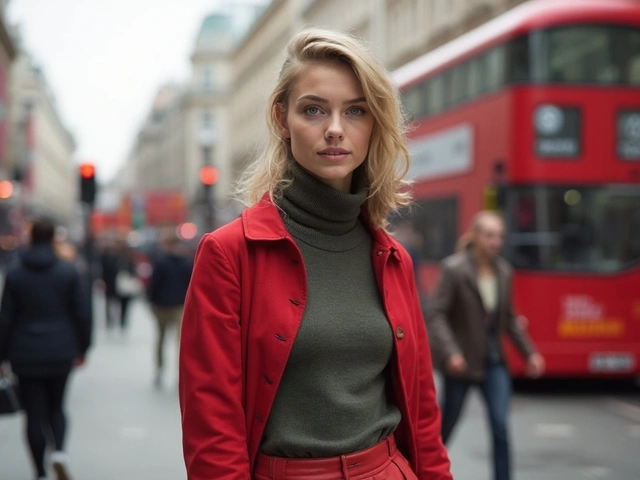
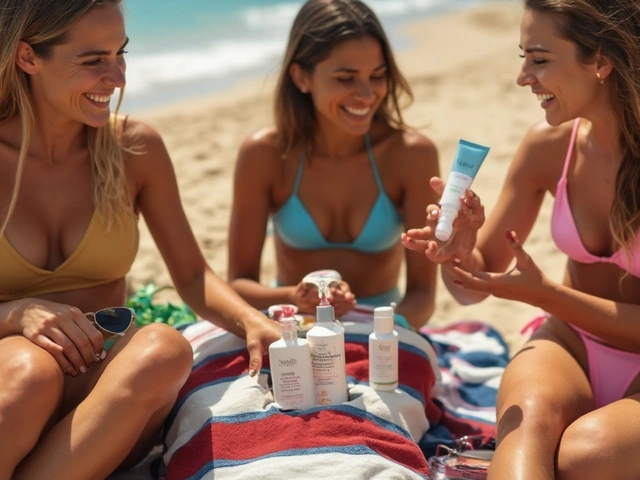
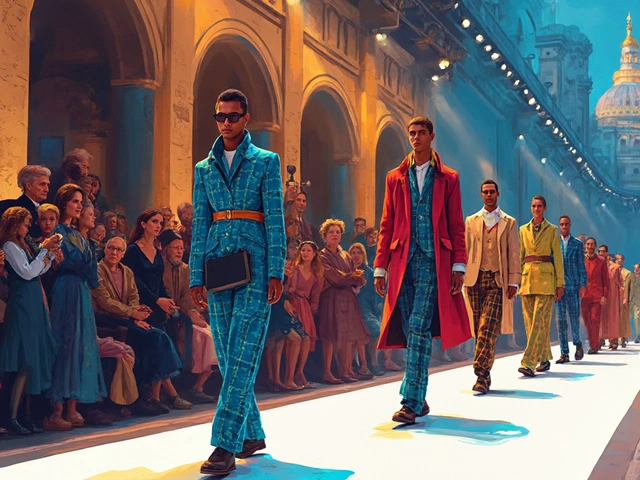
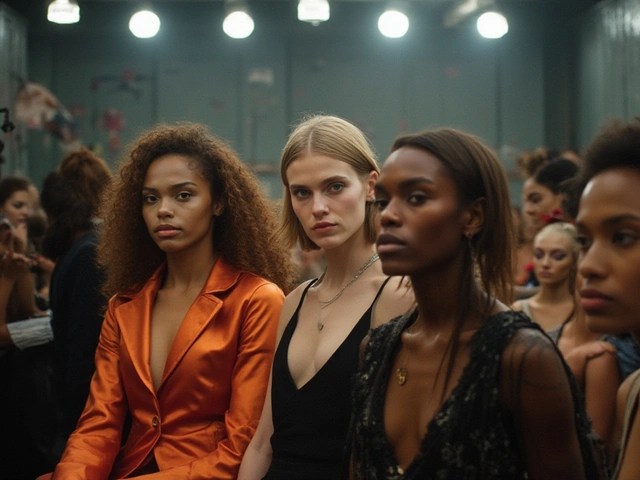
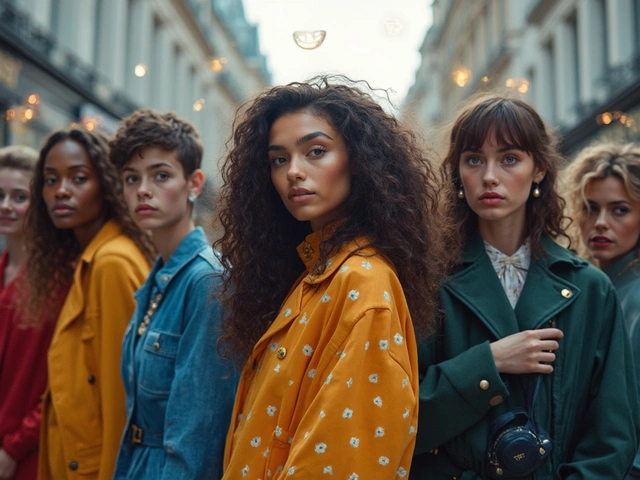
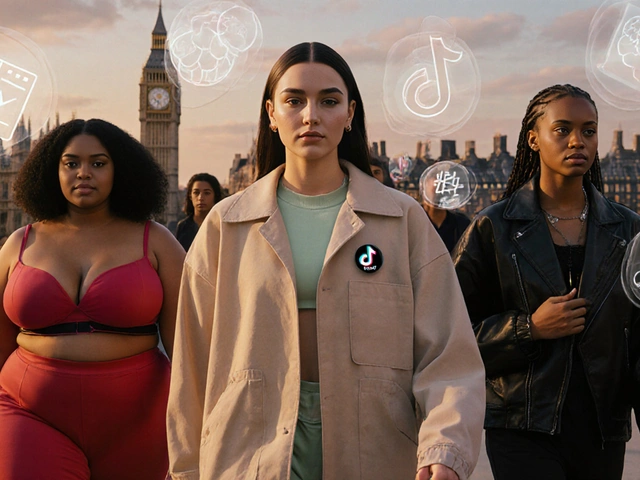
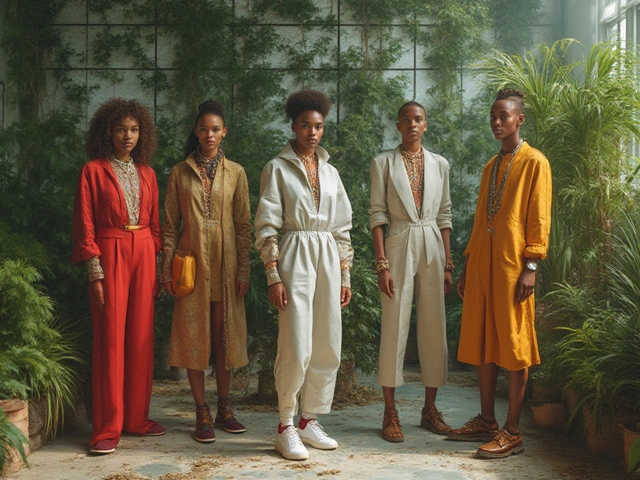
November 5, 2025 AT 12:38
Mohammed Muzammil
Man I grew up in Lagos watching UK fashion campaigns and I swear the realness hit different. Like in Nigeria we got this whole vibe where you gotta be flashy to be seen but these UK models? They just walk in and the room goes quiet not because they’re screaming for attention but because they *own* it. I remember seeing Adwoa Aboah in that raw editorial with the muddy boots and no makeup and I was like damn this is what real beauty looks like. No filters, no posing, just someone who’s been up since 5am and still showing up with soul. And the diversity? Bro we need that everywhere. I’ve seen agencies in Lagos still pushing the same five faces but the UK just lets talent breathe. Even my cousin got scouted at a bus stop in Manchester. No connections. No money. Just presence. That’s power.
November 5, 2025 AT 22:16
Bonnie Cole
As an American who’s worked in fashion for 18 years, I’ve seen the whole cycle. The U.S. loves spectacle, the French love aesthetics, but the UK? They’ve built a system that actually works for real people. I’ve been to castings in New York where they ask for a portfolio with $20k in professional shots. In London? They ask if you’ve ever worn a coat in the rain and held your head up. That’s it. The 27% pay difference? It’s not magic. It’s because they’re not disposable. They show up on time. They know how to read a contract. They don’t ghost after one job. And the diversity isn’t a PR move-it’s baked in because agencies know that if you want to sell to the world, you need to look like the world. I wish more U.S. brands would stop chasing the ‘next big thing’ and start investing in the people who’ve been quietly holding this industry together for decades.
November 7, 2025 AT 01:35
sam ly
UK models dominate because the UK is a dying empire trying to cling to relevance through fashion. They don’t have oil or tech or Hollywood so they sell their accents and pale skin as exotic. The diversity stats are fake. They pick a few black and brown faces to look woke but the real power is still white British aristocrats running the agencies. And don’t get me started on the ‘quiet professionalism’-it’s just passive aggression dressed up as virtue. They don’t want to be stars because they know they’re not special. They’re just the last gasp of a culture that used to rule the world and now just wants to be liked.
November 9, 2025 AT 01:13
Jeanine Lee
I just wanted to point out a small error in the article-it says ‘Storm Management’ and ‘Premier Model Management’ scout outside London, which is true, but it doesn’t mention that Storm also has a dedicated outreach program in Belfast, which is rarely talked about. Also, the 27% pay increase is from the 2024 Model Alliance survey, but it’s specifically for commercial work in the UK vs. continental Europe-not globally. And while the ‘raw authenticity’ point is spot on, I’d add that UK models are often trained in basic acting techniques through the National Youth Theatre, which helps them hold expressions longer. It’s not just grit-it’s technique. Small details matter.
November 9, 2025 AT 23:17
Hayley Wallington
I’m half Jamaican and grew up in Atlanta, but I moved to London at 19 and got scouted at a market in Peckham. I didn’t know anything about modeling. I just liked wearing thrifted coats and listening to grime. The first time I walked in an agency, the director said ‘You’ve got that thing’-and I didn’t even know what ‘that thing’ was. Turns out it was just being me. No pose. No smile. Just walking like I was late for the bus. And that’s the UK. It doesn’t want you to be perfect. It wants you to be real. I did a campaign for Boots last year with my mum in the background. She’s a nurse. We didn’t hire stylists. We just used her actual scarf. The brand loved it. That’s not marketing. That’s truth. And I’m so glad the world’s finally listening.
November 11, 2025 AT 00:51
Stephen Taliercio
They’re not real models they’re just government pawns. The whole UK model thing is a soft power operation. The EU and US are being manipulated into thinking diversity and authenticity are British values when really it’s just a distraction from the fact that the UK’s economy is falling apart. They’re flooding the industry with models so no one notices the NHS is collapsing. And the open calls? Total propaganda. Agencies are funded by the same people who run the BBC. They’re training kids to be compliant, quiet, non-threatening faces so you don’t question the system. Look at how they never talk about the fact that most UK models are on state housing support. This isn’t empowerment-it’s control.